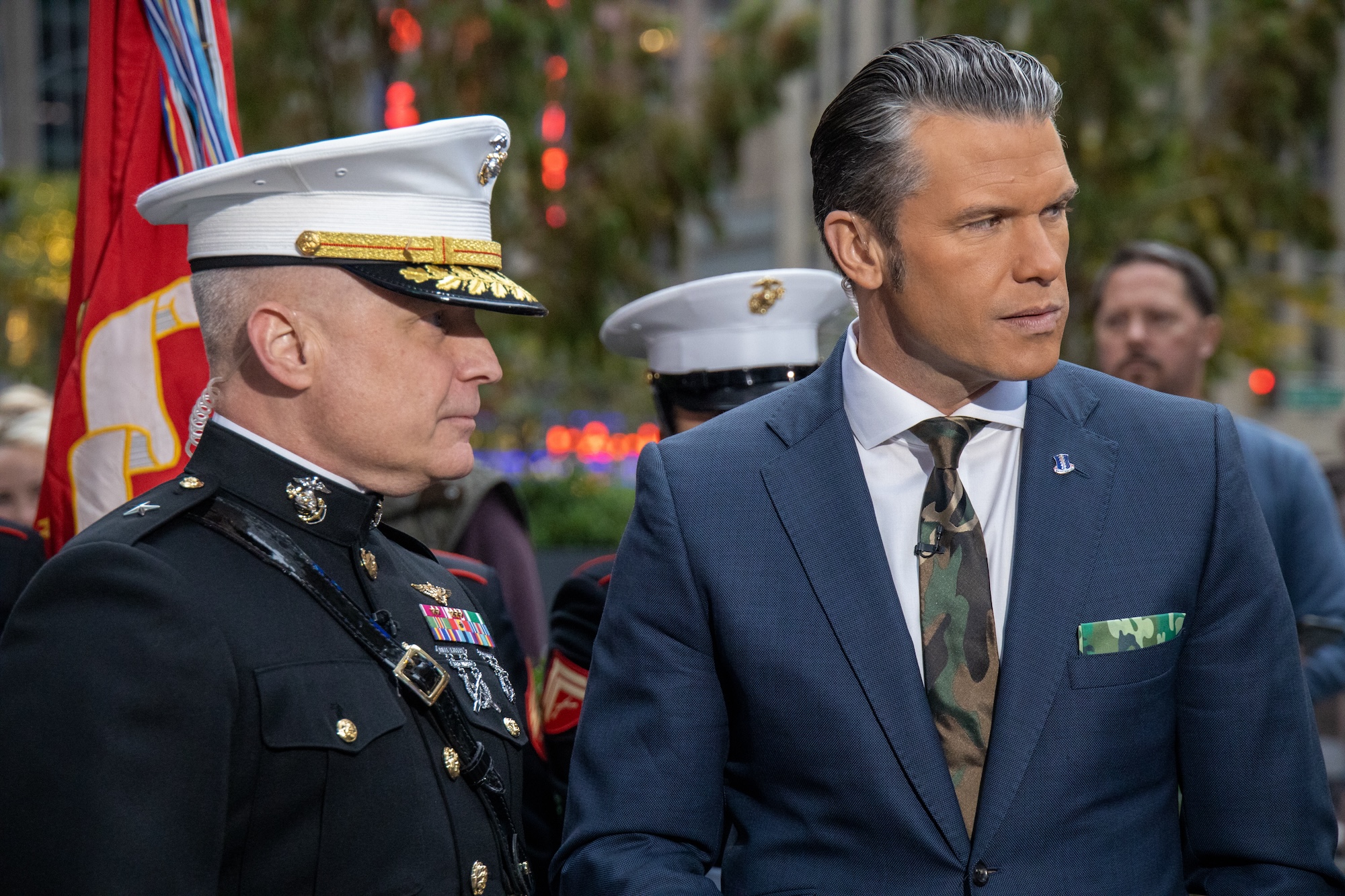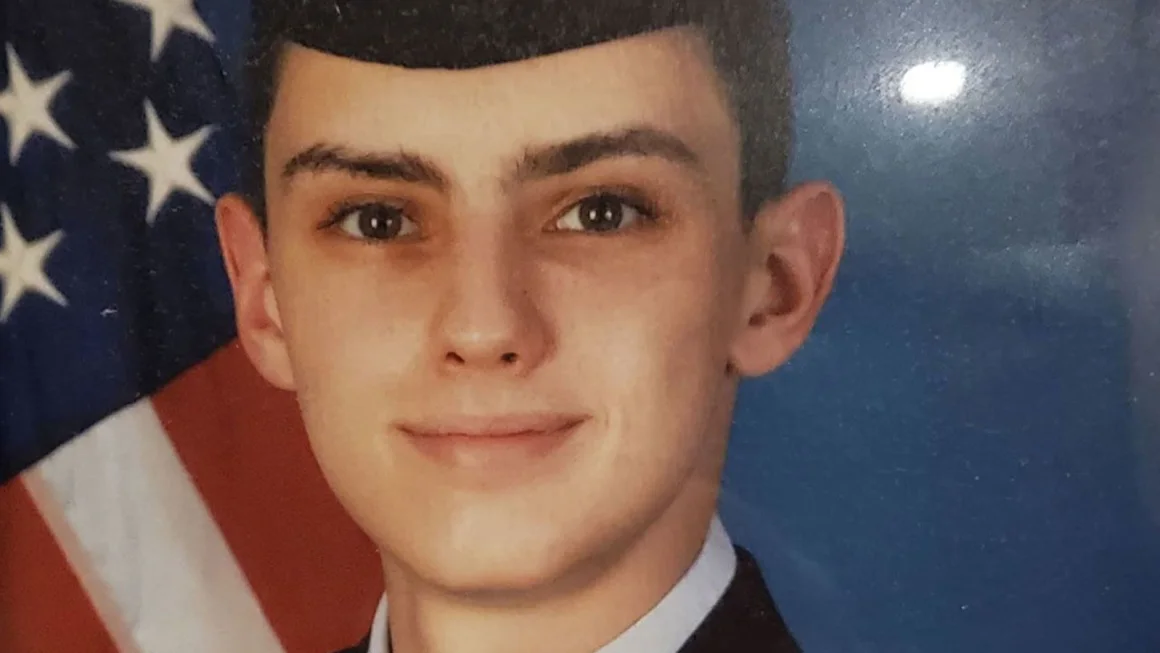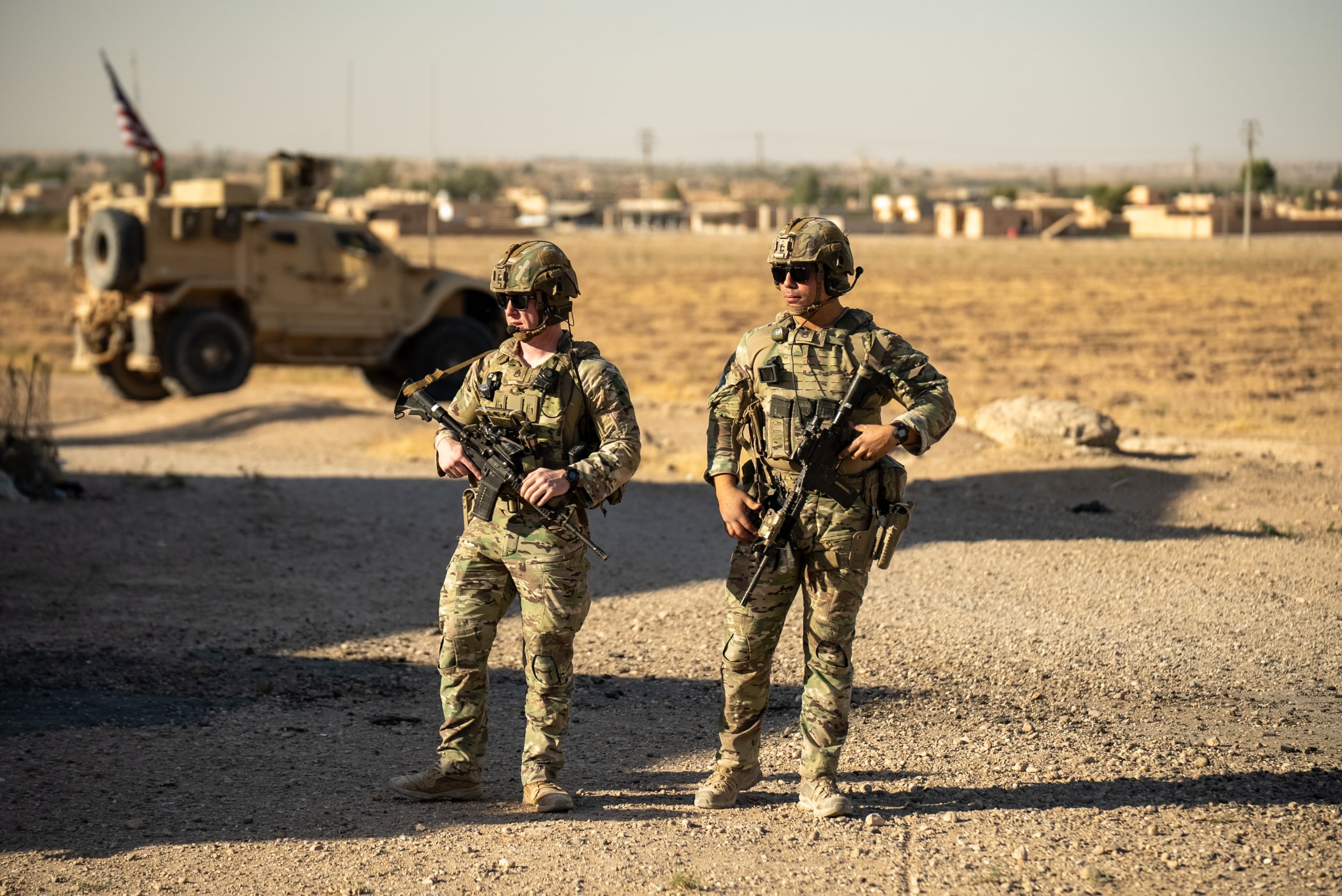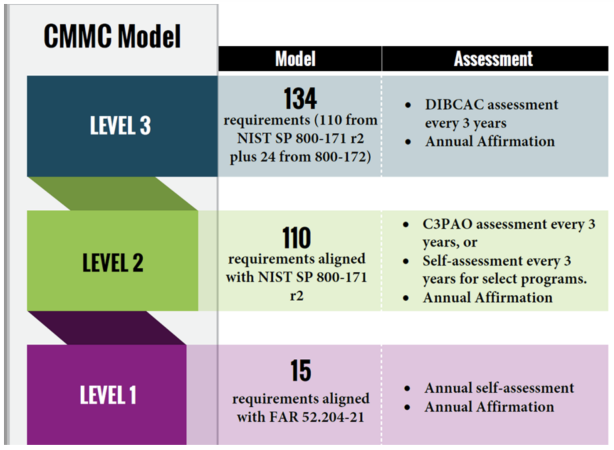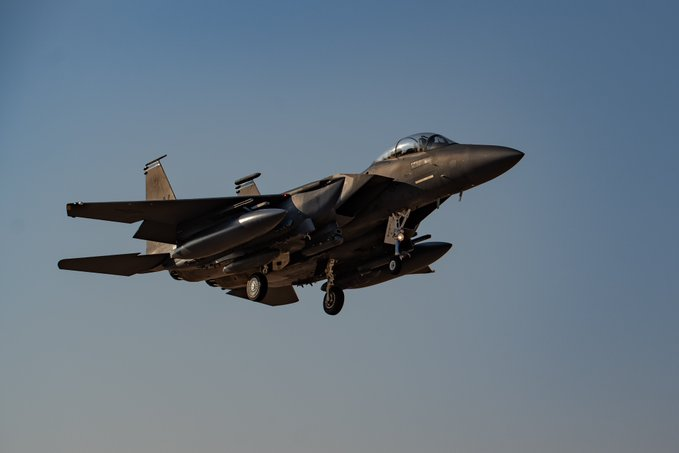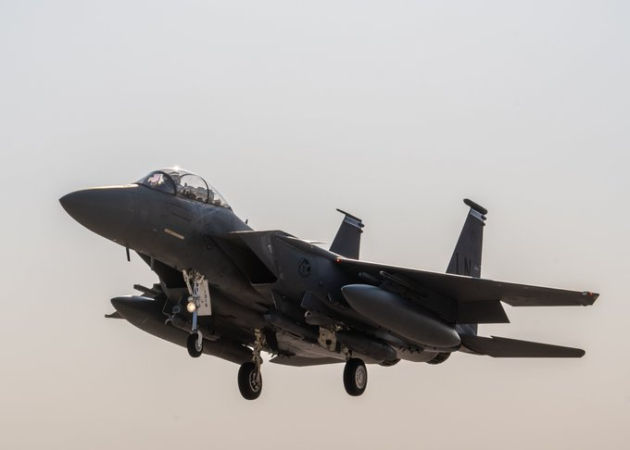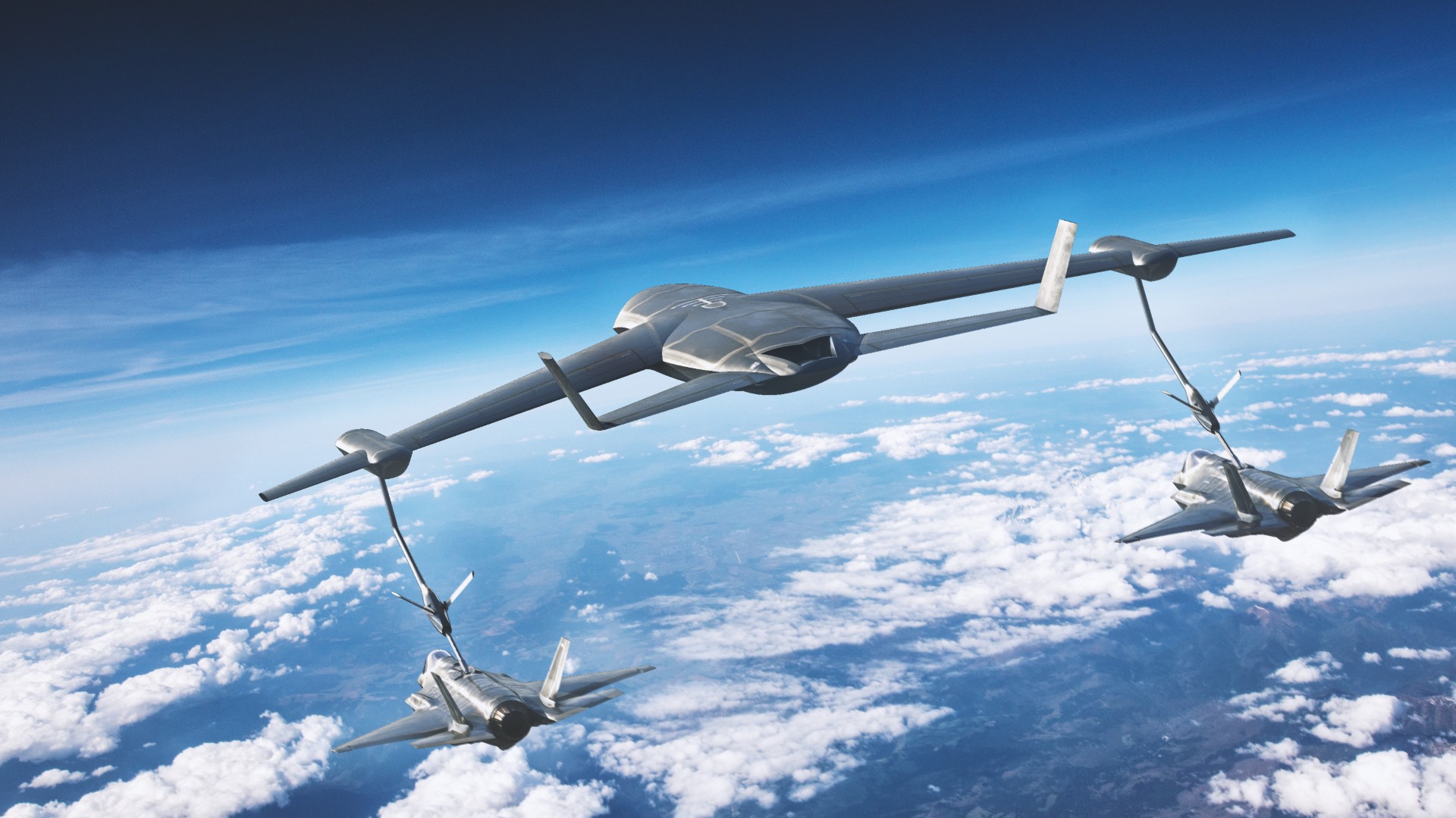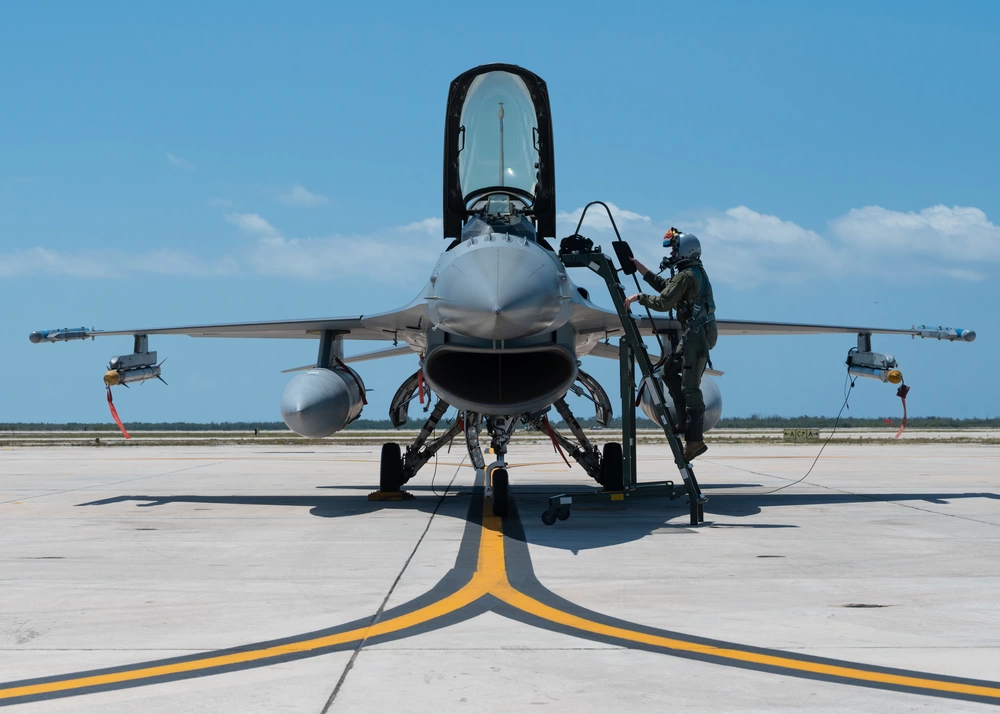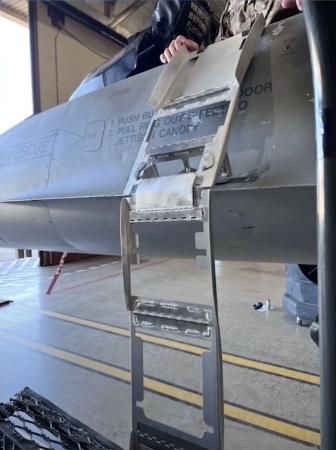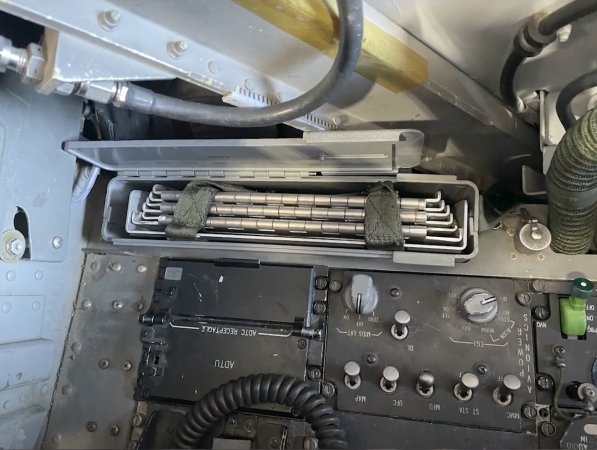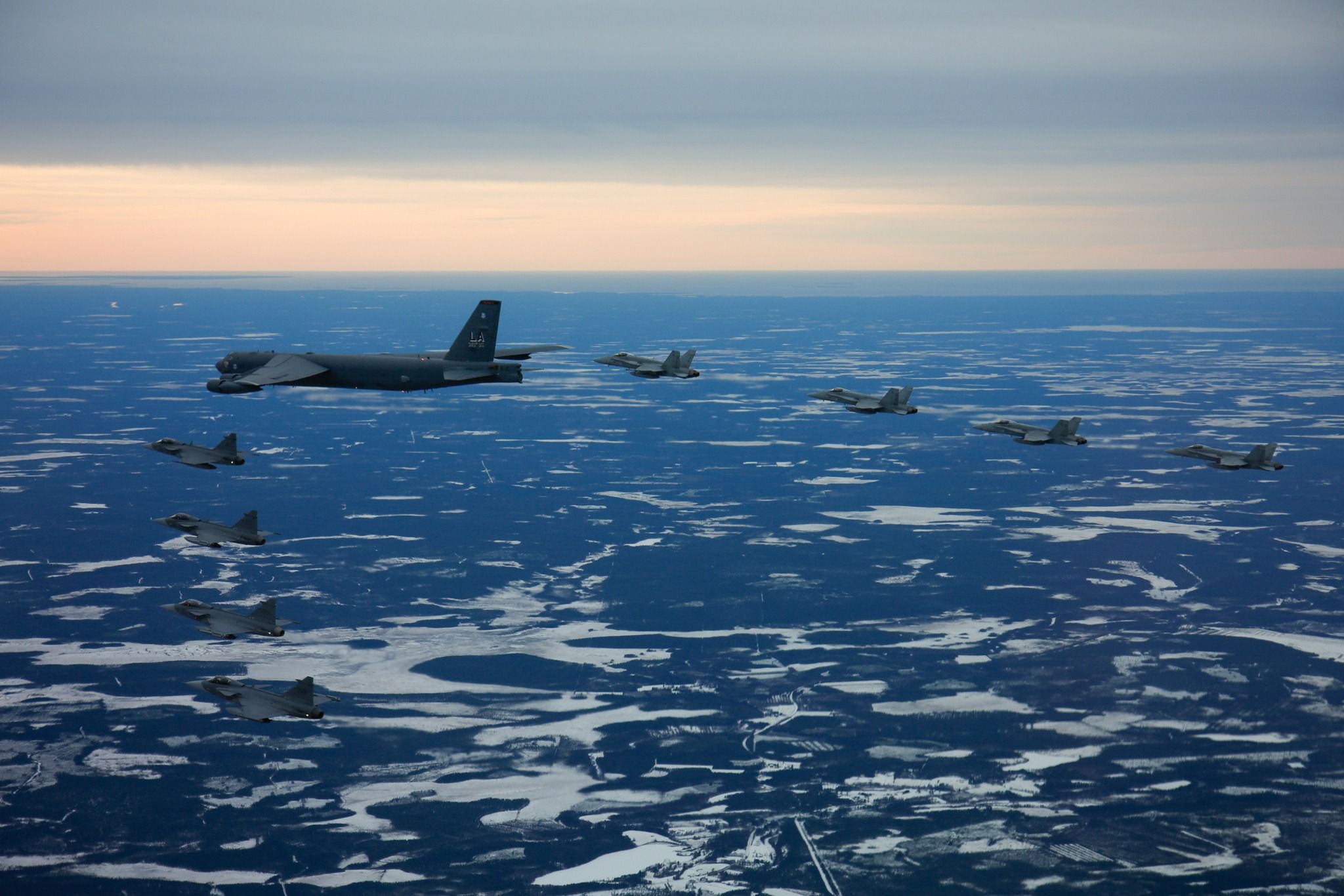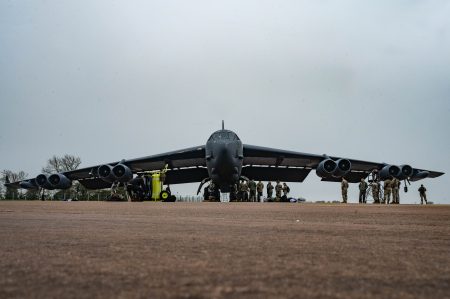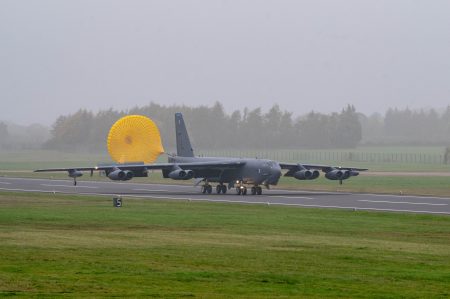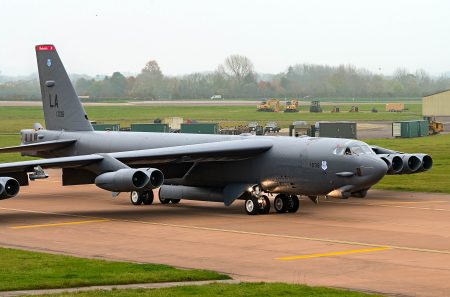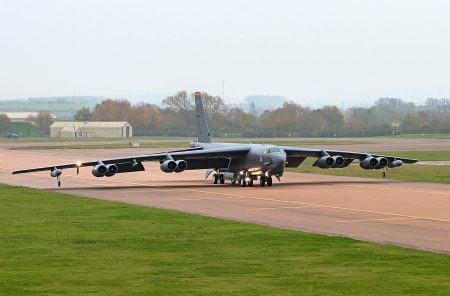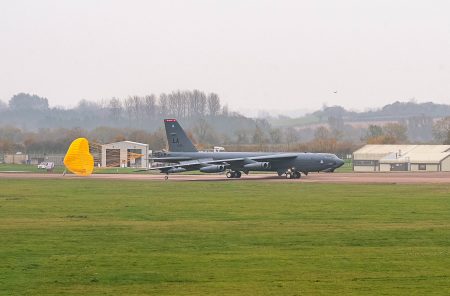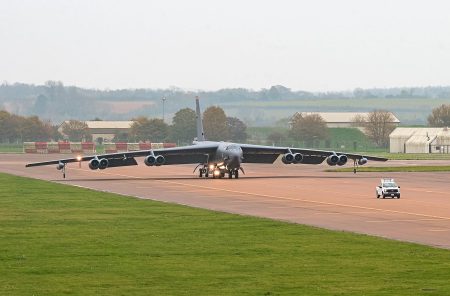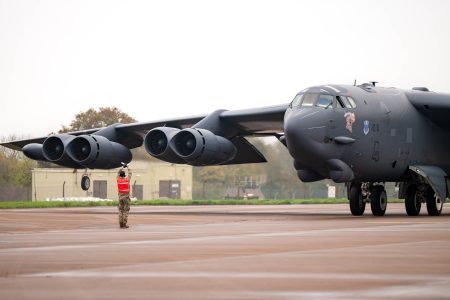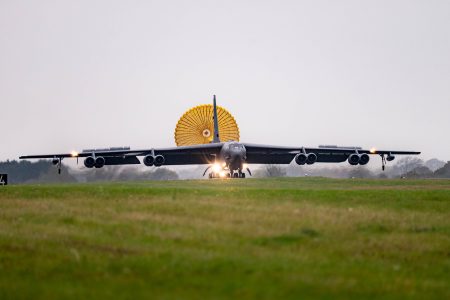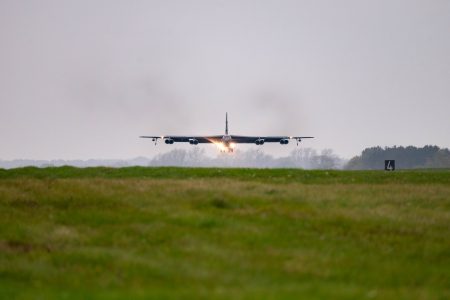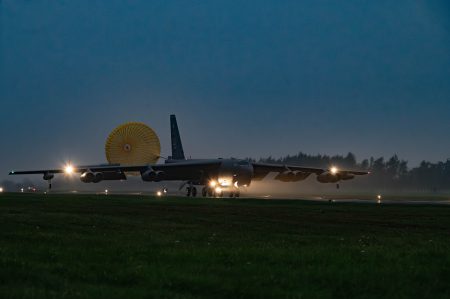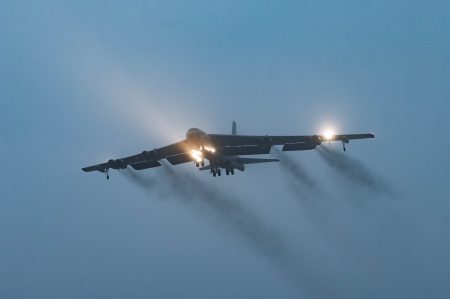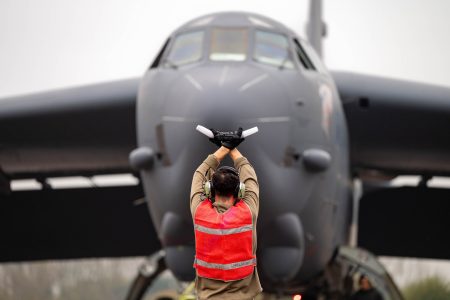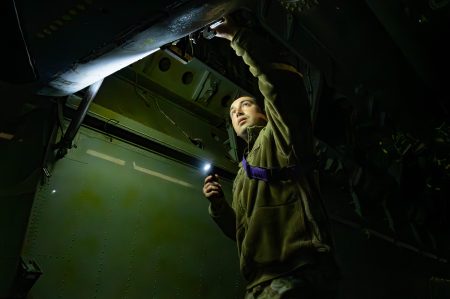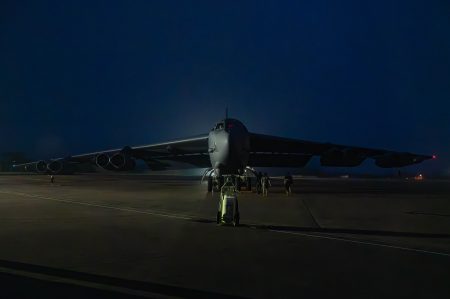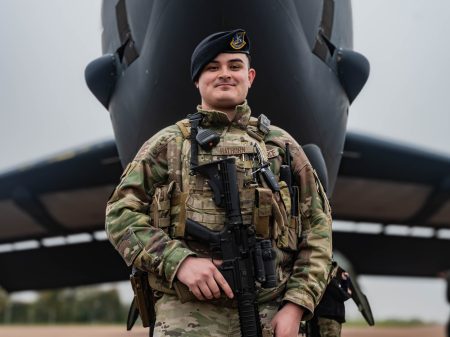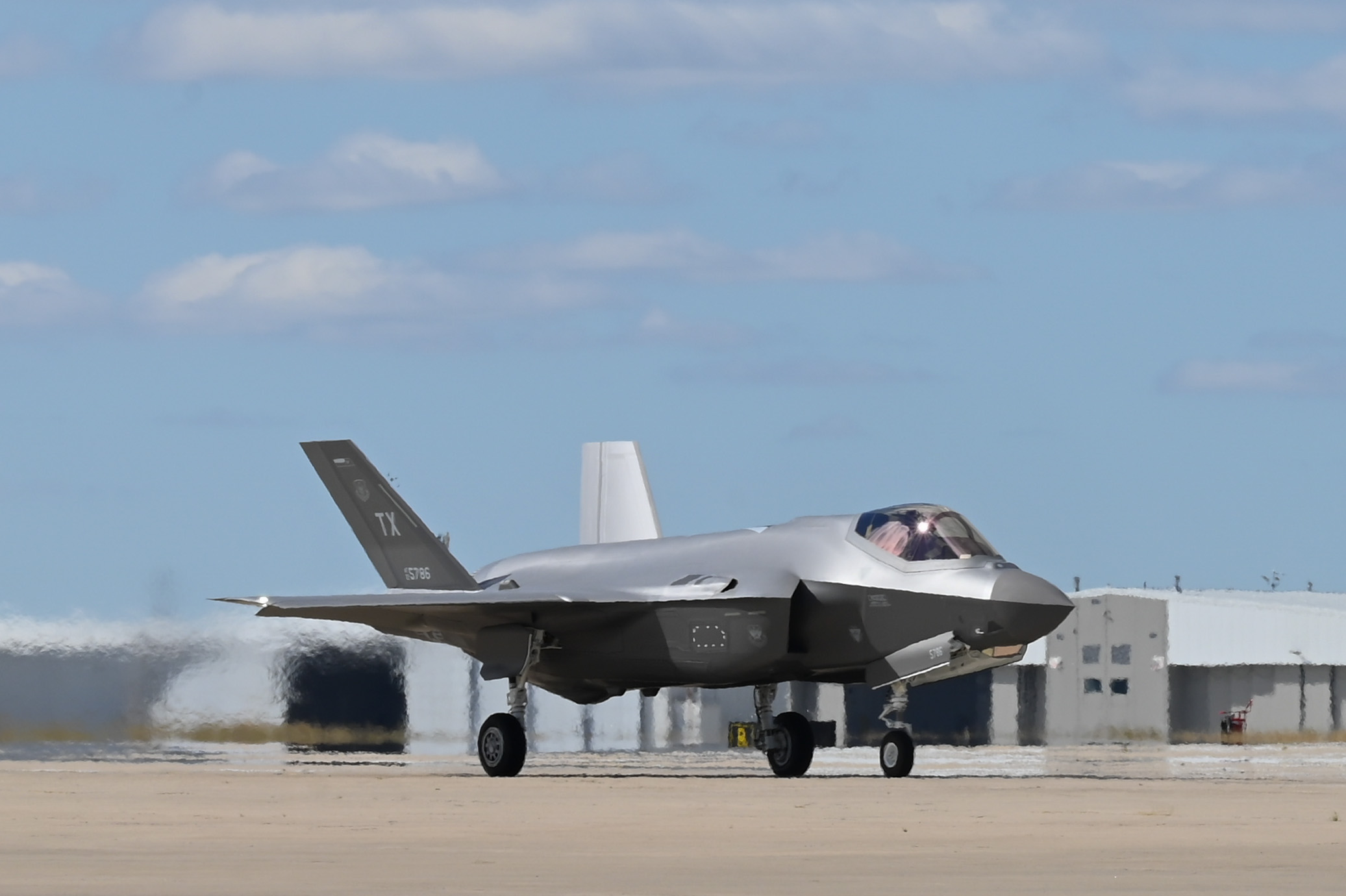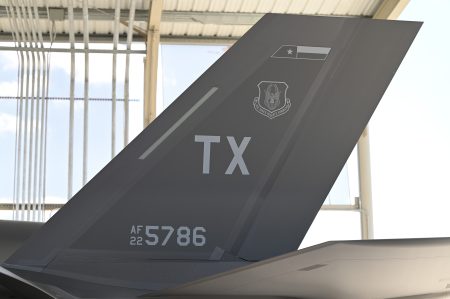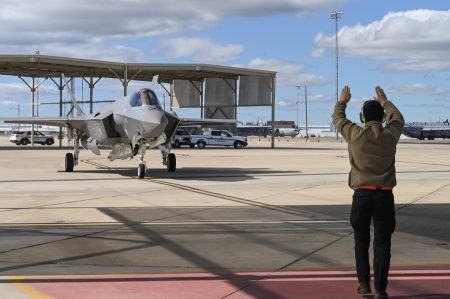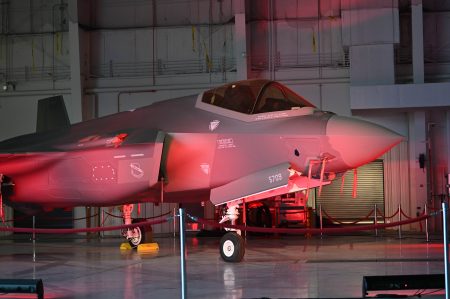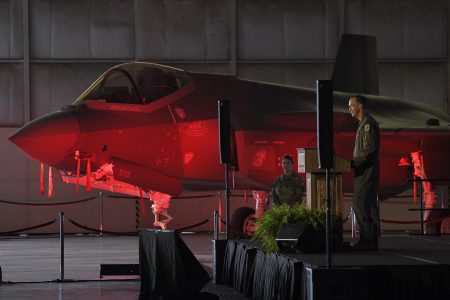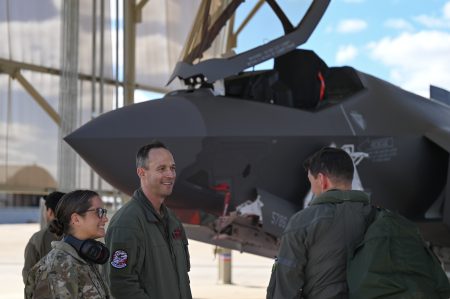President-elect Donald Trump has named Pete Hegseth, a Fox News television commentator for the past eight years, as his choice for Secretary of Defense, rounding out a new cabinet-level national security team announced on Nov. 12.
Hegseth, 44, is an Army National Guard veteran who served in Afghanistan, Iraq, and Guantanamo Bay. He is the author of several politically-themed books, including “The War on Warriors” which contends that the U.S. military has been weakened by diversity and inclusion initiatives.
“The book reveals the leftwing betrayal of our Warriors, and our great Veterans,” Trump said in announcing the choice, saying Hegseth would be “a courageous and patriotic champion of our ‘Peace Through Strength’ policy.”
Other members of the Trump national security team, now announced, include Republican Rep. Mike Waltz of Florida as National Security Advisor; Rep. Elise Stefanik (R-N.Y.) as Ambassador to the United Nations; South Dakota Gov. Kristi Noem as Secretary of Homeland Security and John Ratcliffe, a former Representative from Texas, as head of the CIA. Florida Sen. Marco Rubio is expected to be nominated as Trump’s Secretary of State.
Hegseth graduated from Princeton University in 2003. He worked for Bear Stearns as an equity markets analyst but also took a commission in the Army National Guard. He was called up for service at Guantanamo Bay, Cuba in 2004, as a member of the Minnesota National Guard. He later volunteered for service in Iraq, where he was a platoon leader and a civil-military affairs officer. He received a Bronze Star and Combat Infantry Badge during his service in Iraq.
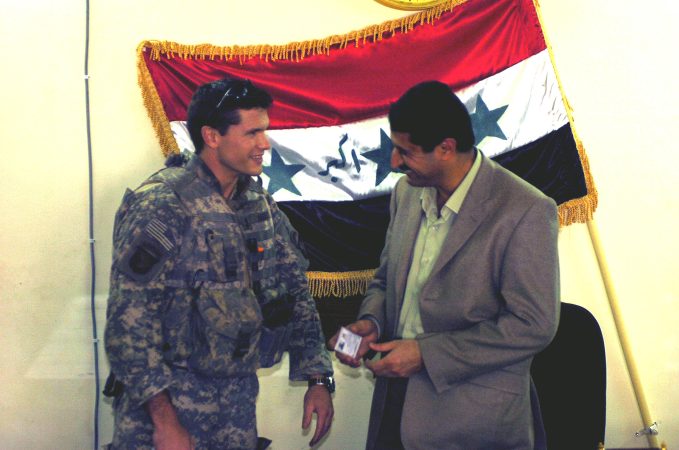
He deployed again in 2012 to Afghanistan, again with the Minnesota Guard, teaching counterinsurgency techniques at a counterinsurgency school in Kabul. He received another Bronze Star during his Afghanistan service.
Hegseth worked for a number of conservative groups, including Vets for Freedom and the conservative-backed Concerned Veterans for America, which pushed for privatization of many Department of Veterans Affairs functions. During his first term, Trump considered Hegseth for the leadership of the VA.
On-air with Fox in 2020, in the wake of Iran’s firing of ballistic missiles at U.S. bases in Iraq, Hegseth urged Trump to bomb Iranian economic targets, as well as cultural sites if they were harboring weapons. He said U.S. and international laws against war crimes are “rigged” against American military success. The U.S. should “rewrite the rules” of war to gain an advantage, he said.
“With Pete at the helm, America’s enemies are on notice – Our Military will be Great Again, and America will Never Back Down,” Trump said in the announcement.
Waltz and Rubio have voiced strong support for countering and confronting Chinese aggression in the western Pacific, suggesting that the Biden Administration’s National Defense Strategy calling China America’s “pacing” military threat will not be fundamentally changed. However, Rubio has said that the war in Ukraine cannot be won by Ukraine, and that a negotiated settlement with Russia is necessary.
